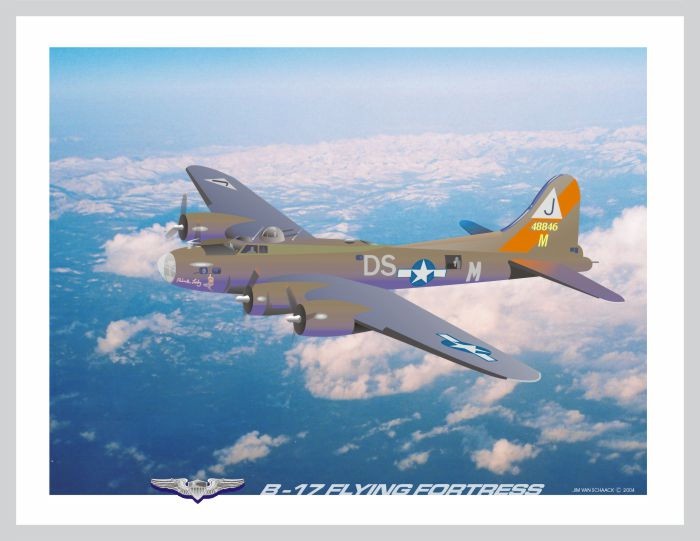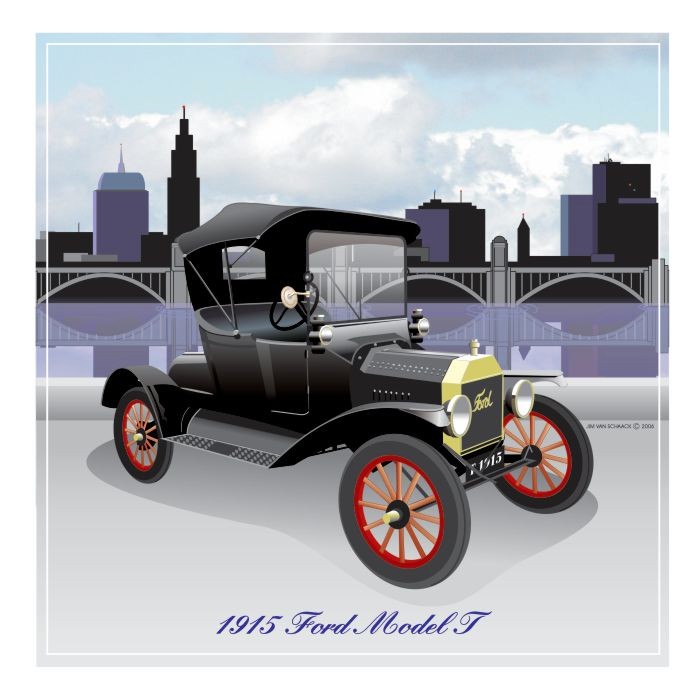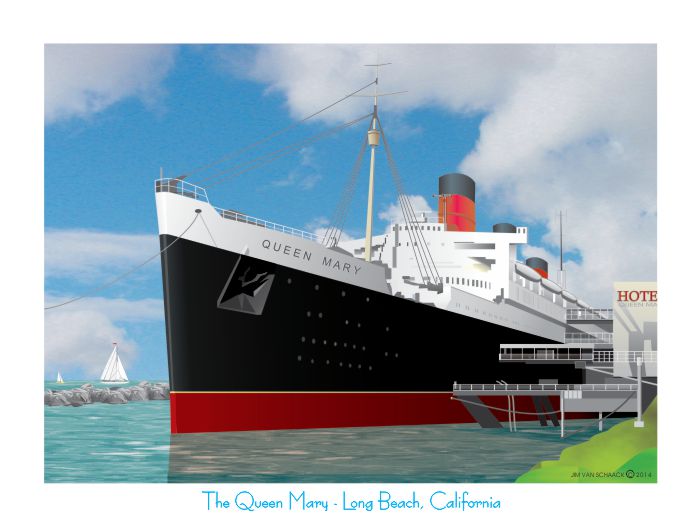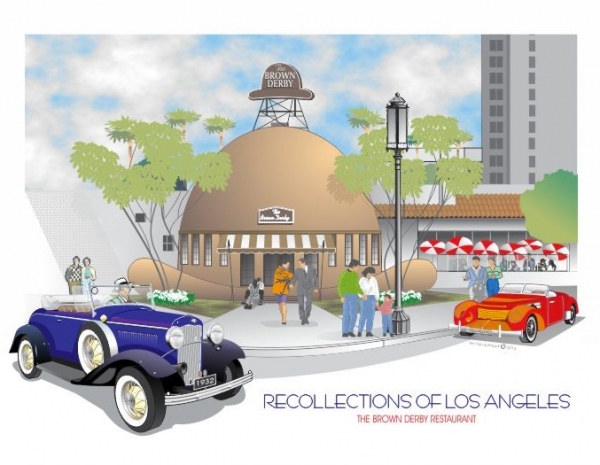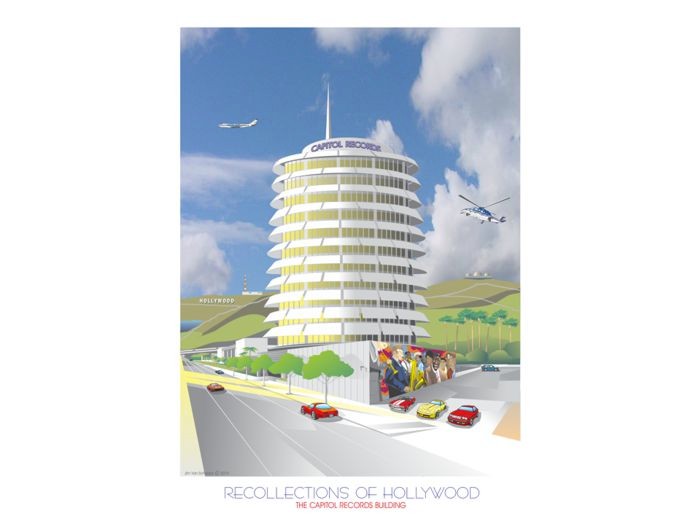Setting Aircraft Combat Standards
At the beginning of World War 2, American aircraft were not seen in combat. It wasn’t until 2 years later, December 7, 1941, after the bombing of Pearl Harbor using Japanese aircraft that the United States declared war on the Axis powers.
Americans did have a hand in the war effort during those first two years, however. The Wright brothers were manufacturing and selling materials, including airplane engines and parts, to the Allied Forces, mainly Britain and the Commonwealth countries like Australia, Canada and New-Zealand, as early as 1939. We also found American pilots fighting on a volunteer basis in Europe flying British aircraft.
After hundreds of Japanese aircraft destroyed the Pearl Harbor fleet and many of the Air Force bases on the island of Oahu, Hawaii, the U.S. became engaged in the war and this pushed the U.S. war effort into full swing.
The determination and enormous economic power of the United States changed the course of World War 2, and helped set the standard for aircraft combat by producing more powerful bombers, faster fighters and rocket and jet-propelled airframes and all this produced a new era of powered, heavier-than-air flight. World War 2 utilized a combination of different aircraft including fighters, interceptors, reconnaissance, anti-ship, ground attack and specialized platforms for a wide variety of mission.
Several combat aircraft were designed and built in the United States. Among the most famous, were the P-51 Mustang, the F4U Corsair, and the B-29 Superforteress, the aircraft that dropped the atomic bomb on the Japanese city of Hiroshima on August 6, 1945. The B-29 Superfortress would later become the backbone of the Strategic Air Command, the deterrence arm of U.S. military aviation.
WORLD WAR 2 AIRCRAFT – F4U Corsair, Fighter
Manufacturer: Chance- Vought
Length: 33’-8”, Height: 16’-1”, Wingspan: 41’-0”, Engine: Pratt & Whitney r-2800, 2,450 horse power.
Range: 1,560 miles, Max. Speed 446 mph, Ceiling: 41,500 feet, Gross Weight: 14,670 pounds.
WORLD WAR 2 AIRCRAFT – B-17 Flying Fortress, Bomber
Manufacturer: Boeing
Length: 74’-4”, Height: 19’-2”, Wingspan: 103’-9”, Engines: wright r-1820-97, 1,200 hp each.
Range: 2,000 miles, Max. Speed: 287 mph, Ceiling: 35,600 feet
Gross Weight: 36,135 pounds.
WORLD WAR 2 AIRCRAFT – B-17s and P-51s on a Bombing Mission
WORLD WAR 2 AIRCRAFT – Hk-1 Hughes Flying Boat
Length: 218’-8”, Height: 79’-4”, Wingspan: 319’-11”, Engines: 8, Pratt & Whitney r-4360, 3,000 hp each.
Range: 3,000 miles, Ceiling: 20,900 feet
Gross Weight: 400,000 pounds.
Designated HK-1 for the joint venture to build a transport boat that can fly, By Howard Hughes and boat builder Henry Kaiser. HK-1 is the worlds largest aircraft. It is constructed of wood thus it’s nickname, “spruce goose”. Hughes designed & built HK-1, and on november 2, 1947 during taxi trials, With Hughes at the controls the HK-1 flew one mile, it never flew again. The HK-1 can be seen at the Evergreen Air Museum in McMinville, Oregon.
WORLD WAR 2 AIRCRAFT – B-24 Liberator, Bomber
Manufacturer: Consolidated
Length: 66’-4”, Height: 17’-11”, Wingspan: 110’-0”, Engines: Pratt & Whitney r-1830-43, 1,200 hp each.
Range: 2,300 miles, Max. Speed:303 mph, Ceiling: 32,000 feet.
WORLD WAR 2 AIRCRAFT – P-38 Lightening, Pursuit
Manufacturer: Lockheed
Length: 37’-10”, Height: 12’-10”, Wingspan: 52’-0”, Engines: 2, Allison v-1710-111/113, 1,475 hp each.
Range: 1,100 miles, Max Speed: 414 mph, Ceiling: 40,000 feet, Gross Weight: 20,700 pounds.
WORLD WAR 2 AIRCRAFT – B-25 Mitchell, Bomber
Manufacturer: North American
Length: 52’-11”, Height: 16’-4”, Wingspan: 67’-7”, Engines: 2, wright r-2600-13, 1700 hp each.
Range: 1,350 Miles, Max. Speed: 272 mph, Ceiling: 24,200 feet
Gross Weight: 34,999 pounds.
WORLD WAR 2 AIRCRAFT– P-51 Mustang, Pursuit
Manufacturer: North American
Length: 32’-3”, Height: 13’-8”, Wingspan: 37’-0”, Engine: 1, Rolls Royce, Merlin v-1650, 1,695 hp.
Range: 1,000 miles, Max. Speed: 437 mph, Ceiling: 41,900 feet, Gross Weight: 9,200 pounds.
WWII – B-29 Superfortress, Bomber
Manufacturer: Boeing
Length: 99’-0”, Height: 27’-9”, Wingspan: 141’-3”, Engines: 4, Wright r-3350-23, 2,200 hp each.
Range: 5,830 miles, Max. Speed: 365 mph, Ceiling: 31,850 feet
Gross Weight: 105,000 pounds.
WORLD WAR 2 AIRCRAFT – P-40 Warhawk, Pursuit
Manufacturer: Curtiss
Length: 33’-4”, Height: 12’-4”, Wingspan: 37’-4”, Engine: Allison v-1710-99, 1,200 hp.
Range: 750 miles, Max. Speed: 343 mph, Ceiling: 30,000 feet
Gross Weight: 8,400 pounds.

